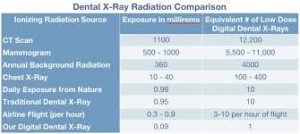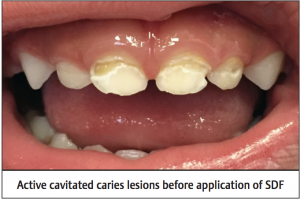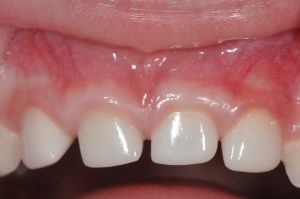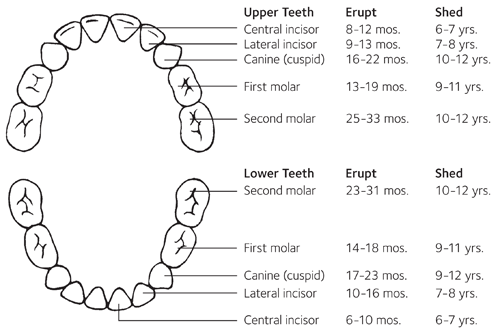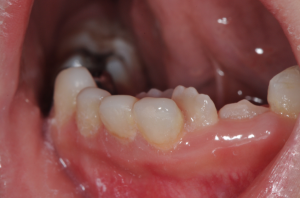Tooth Decay From Sugar in Beverages
During the summer it’s important to stay hydrated, but sports drinks can be a hidden cause of your child’s cavities. In a single 12 oz Gatorade (the smallest they make) there is 21 grams of sugar. To put that in perspective the American Heart Association only recommends that children should consume less than 25 grams of added sugars daily and should limit their intake of sugar-sweetened drinks to only 8oz WEEKLY.
Sports Drinks Do Cause Cavities
Sports drinks not only contain added sugar to cause cavities, but they are extremely acidic. Most sports drinks have a pH below 5.5 which is the threshold to cause not only cavities but erosion of enamel. 
When are sports drinks needed?
For children the best answer is never. I know this is not feasible with most children, as its hard not to watch any sporting event and not see Bryce Harper or Serena Williams drinking Gatorade. But studies have shown that water is sufficient enough to hydrate active children. If desperate; try food coloring and water as an alternative.
For teenagers the best way to stay hydrated is hydrate before they start their activity. I understand that sometimes water does not suffice, so at the very least if gatorade or a sports drink is consumed it should be done before their sporting event, before and should be followed by water.
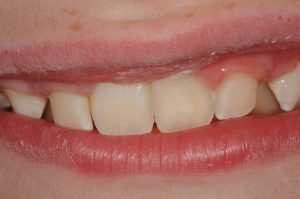
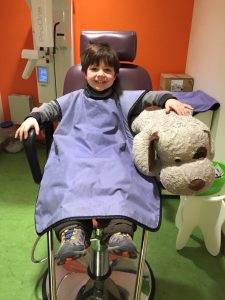 .
.